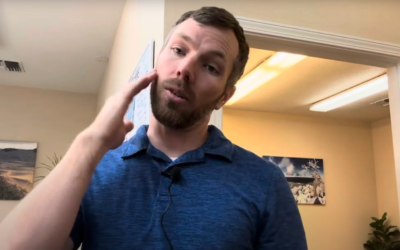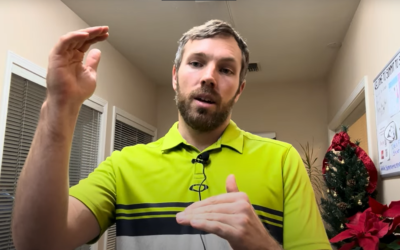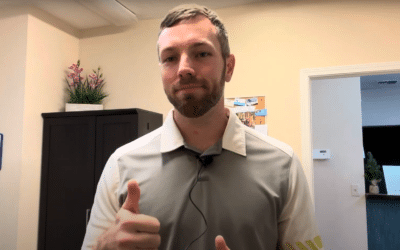I am out at the bottom of Armstrong pass doing some mountain biking and wanted to share a few tips. A common problem I’m seeing in my office include things like running, biking, hiking, kayaking, paddleboarding, and getting into that summer activity. These are common areas that people are getting into because they can be outside and get some exercise and keep their social distancing. So here are 4 tips to help you avoid common overuse and running injuries that you can adjust on your own.
Tip 1: Vary your distance. During quarantine, if you were still running 1-2 miles a day for example, you can adjust that distance and change the load that your body is able to take. Slowly making changes in your distance that you are running or biking can slowly increase the load. Distance is something that you need to be careful going from doing nothing to running a marathon for example.
Tip 2: Elevation changes. Unfortunately around Tahoe, most of the trails or activity involves going uphill. Again using the example of doing nothing during quarantine, if you are trying to get into a new routine, start with some flat rides or runs and slowly increase that elevation.
Tip 3: Consistency of training. How often do you typical train? Do you workout typically 7 days a week, every other day, or every weekend? Whatever the answer, you can slowly adjust that angle as well to increase your load and react to the load, heal, and do it again.
Tip 4: Speed of activity. I mentioned this one but didn’t explain well. Speed can be something that you can change a lot during any activity. Whether you are changing the overall speed of your activity or even just adding additional bouts of increased speed for longer duration or more frequent during your training. This variable is one that can be altered a lot.
Good rule of thumb with adjusting any of these factors is increase one of them or maybe just a couple by 10% at a time. I wouldn’t jump from 1 mile to 10 miles. This will likely cause a big set back and possible injury from knees, hips, feet, or back problems. However, if you increase from 1 mile to 1.25 miles and spread out the time between activity, your body can adapt to that stress and be ready for the next time without as high of a chance for injury. This is just a common problem I see especially when the seasons change. Do what you can to try and avoid the injuries and we’ll see you out on the trails.
Tahoe’s Premiere Sports Chiropractor
Follow us on
Facebook https://www.facebook.com/summittoshore/
Instagram https://www.instagram.com/summittoshore/





